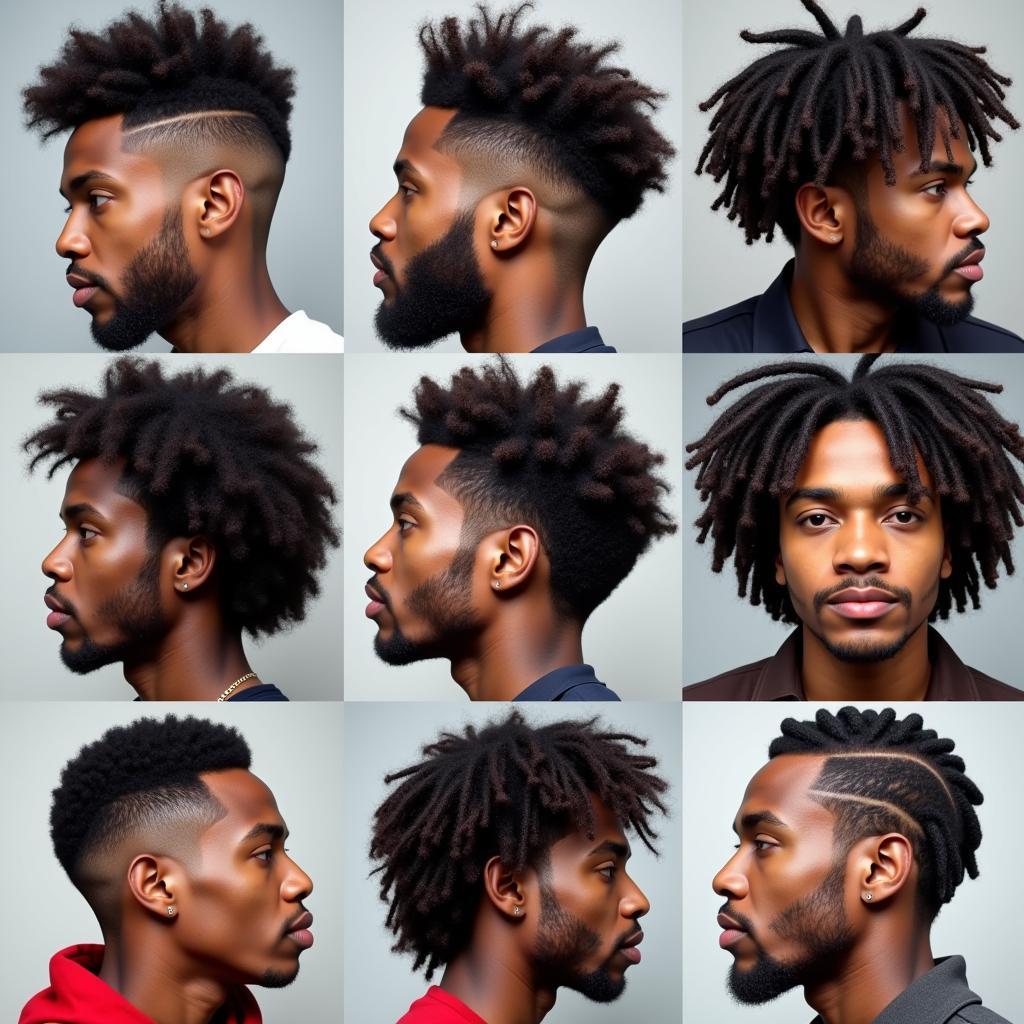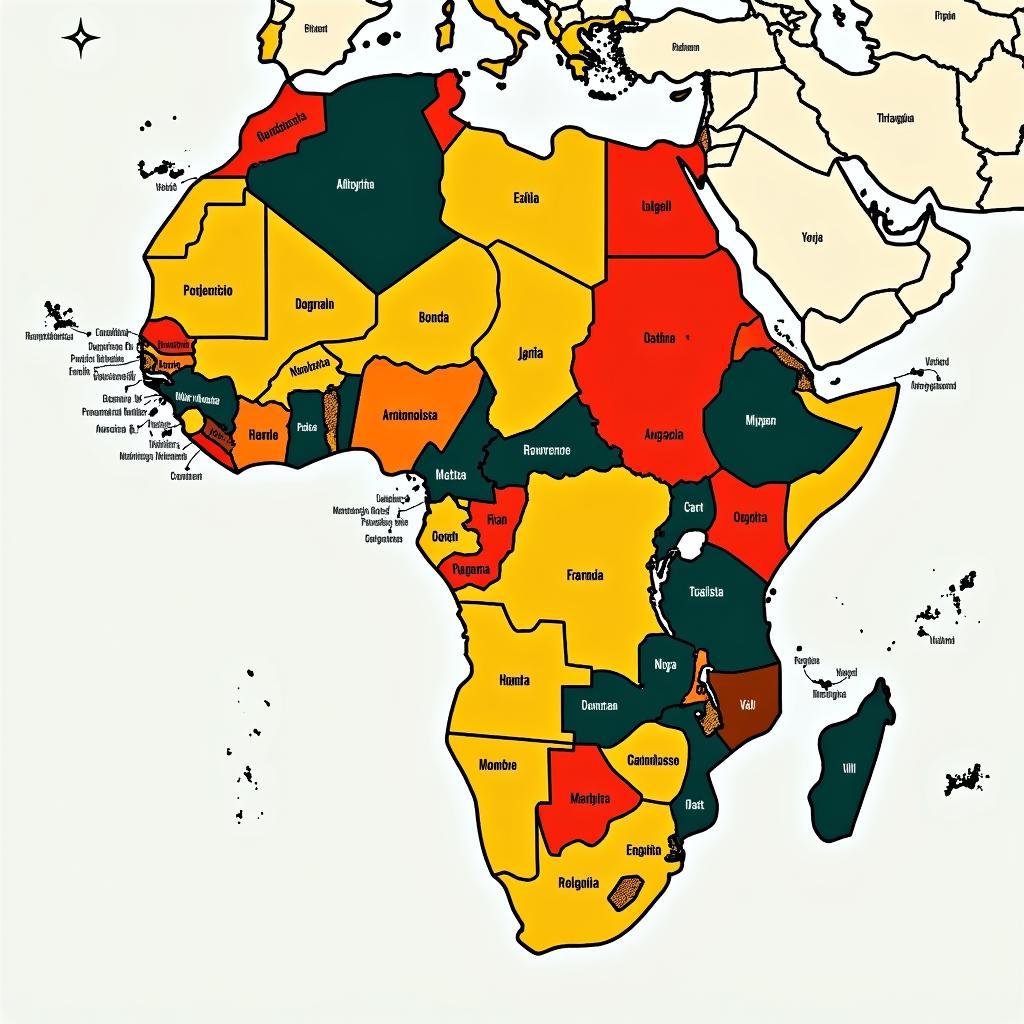The African Dashiki Shirt: A Look at Chris Brown’s Style and Cultural Significance
The African dashiki shirt, a vibrant and iconic piece of clothing, has captivated the hearts of fashion enthusiasts worldwide. Its rich history, cultural significance, and striking designs have made it a popular choice for celebrities, influencers, and individuals seeking to express their cultural pride. One notable figure who has embraced the dashiki is Chris Brown, a renowned American singer, songwriter, and dancer. His adoption of this traditional African garment has sparked discussions about cultural appropriation and appreciation, highlighting the growing influence of African fashion on global trends.
The Dashiki: A Symbol of African Heritage
The dashiki originated in West Africa, where it has been worn for centuries as a symbol of cultural identity and pride. Its origins can be traced back to the Yoruba people of Nigeria, who traditionally wore it as a symbol of their community and status. The dashiki is typically made from brightly colored fabrics and features intricate patterns and embroidery. It has been adapted and evolved throughout history, but its core essence remains a celebration of African heritage and artistry.
Chris Brown and the Dashiki Shirt
Chris Brown has been seen wearing dashiki shirts on numerous occasions, both in public appearances and on social media. His choice to embrace this traditional African garment has been met with mixed reactions. Some have lauded him for his appreciation of African culture, while others have expressed concerns about cultural appropriation.
A Discussion on Cultural Appreciation
The debate surrounding Chris Brown’s dashiki choices is complex. It touches on broader issues related to cultural appropriation and the importance of respecting cultural sensitivities. Some argue that wearing a traditional garment without a deep understanding of its cultural significance can be disrespectful. They emphasize the need for celebrities and influencers to approach cultural appropriation with sensitivity and respect.
A Cultural Bridge Through Fashion
Others see Chris Brown’s adoption of the dashiki as a positive step towards promoting cultural exchange and bridging the gap between different cultures. They argue that fashion can serve as a powerful tool for celebrating diversity and promoting understanding. Chris Brown’s choices, they suggest, can inspire others to explore and appreciate different cultures through fashion.
The Growing Influence of African Fashion
Chris Brown’s embrace of the dashiki is a testament to the growing influence of African fashion on global trends. The continent’s vibrant colors, intricate patterns, and unique styles are increasingly capturing the attention of fashion designers and trendsetters worldwide.
A Global Trend
The dashiki has become a symbol of this global trend, embraced by individuals of diverse backgrounds who want to express their cultural pride or simply appreciate its beauty. It has become a common sight on fashion runways, in street style, and in music videos, reflecting the growing global appreciation for African culture.
More Than Just a Shirt: The Dashiki’s Cultural Legacy
Beyond its fashion appeal, the dashiki holds deep cultural significance. It represents a connection to the past, a celebration of heritage, and a sense of community. It serves as a reminder of the rich tapestry of African culture and the enduring power of its traditions.
An Inspiration for Change
As more individuals, including prominent figures like Chris Brown, embrace the dashiki and other African garments, it is clear that African fashion is having a significant impact on global trends. The dashiki, in particular, stands as a symbol of cultural pride, beauty, and the enduring power of tradition. It serves as a reminder of the importance of respecting cultural sensitivities while celebrating the richness and diversity of African heritage.
Frequently Asked Questions (FAQs)
1. Is it appropriate for non-Africans to wear a dashiki?
The appropriateness of non-Africans wearing a dashiki is a complex question with no simple answer. It ultimately comes down to the individual’s intentions and how they approach wearing the garment. It is important to show respect for the cultural significance of the dashiki and avoid appropriating it in a way that trivializes its meaning.
2. What are the different styles of dashiki shirts?
There are many different styles of dashiki shirts, each reflecting a unique cultural heritage or design aesthetic. Some styles are characterized by their intricate embroidery, while others feature bold prints or unique fabrics. The specific style of a dashiki can vary based on its origins and the individual’s personal preferences.
3. How can I find a quality dashiki shirt?
Quality dashiki shirts can be found online, at specialty boutiques, or at cultural festivals. When selecting a dashiki, it is essential to consider the craftsmanship, fabric quality, and cultural significance of the garment.
4. What are some tips for styling a dashiki shirt?
Dashiki shirts are versatile pieces that can be styled in many ways. They can be paired with jeans, khakis, or even tailored pants for a more formal look. Accessorizing with jewelry, hats, or sandals can enhance the overall style and create a unique and individual look.
5. What is the significance of the colors and patterns on a dashiki?
The colors and patterns on a dashiki often hold symbolic meaning and can reflect the cultural heritage of the wearer. For example, specific colors may be associated with particular tribes or regions. Understanding the meaning behind the colors and patterns can enhance your appreciation for the cultural significance of the dashiki.
6. Where can I learn more about the history and culture of the dashiki?
There are many resources available to learn more about the history and culture of the dashiki. Libraries, museums, and online websites can provide information on the garment’s origins, symbolism, and cultural significance.
7. What are some other African garments that are gaining popularity?
The dashiki is not the only African garment that is gaining popularity worldwide. Other traditional garments, such as the kente cloth, the boubou, and the agbada, are also becoming increasingly popular, reflecting the growing appreciation for African fashion and culture.
8. How can I support African designers and the growth of African fashion?
There are many ways to support African designers and the growth of African fashion. You can purchase garments from African designers, attend African fashion shows, or promote African fashion on social media. By supporting African designers, you contribute to the preservation and celebration of African culture and creativity.
Contact Us:
If you have any questions or need help finding the perfect dashiki shirt, please don’t hesitate to reach out to us. Our team of experts is dedicated to providing you with the best possible service and resources.
Phone: +255768904061
Email: kaka.mag@gmail.com
Address: Mbarali DC Mawindi, Kangaga, Tanzania
We are available 24/7 to assist you with your African fashion needs.



